Newsfeed
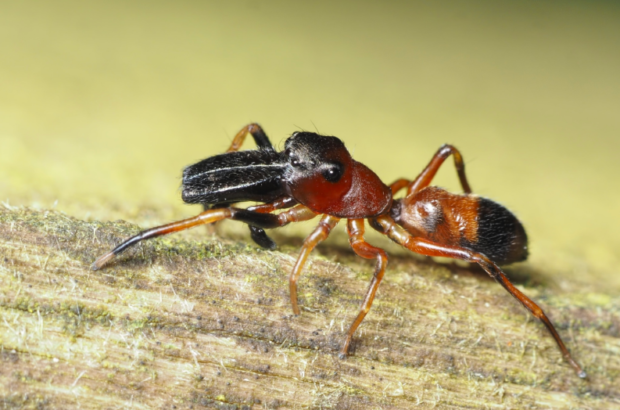
New Ant-Mimic Spider Sneaks Into Vermont
December 5, 2020A small, metallic-black arthropod with a head, thorax, abdomen, and two waving antennae – your classic picnic-robbing ant right? Take a closer look at Michael Sundue’s photos at the Vermont Atlas of Life on iNaturalist and you’ll see that in fact this is the first record of the ant-mimicking spider Myrmarachne formicaria in Vermont.
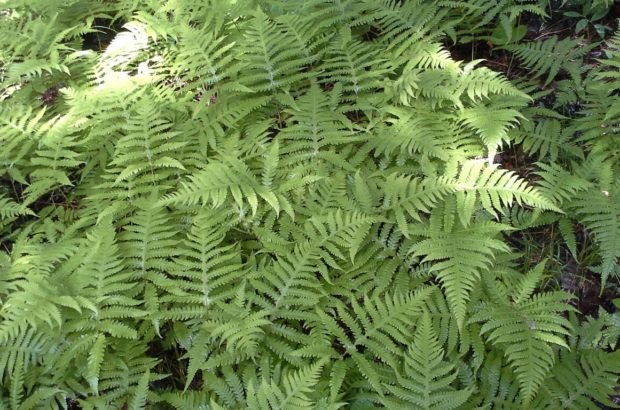
Tall Beech Fern (Phegopteris excelsior): Newly discovered fern species in Vermont
November 25, 2020Tall Beech Fern (Phegopteris excelsior) was recently described as a new species. Tall Beech Fern was originally thought to be a hybrid of Long Beech Fern (P. connectilis) and Broad Beech Fern (P. hexagonoptera). Further analysis proved that Tall Beech Fern is of hybrid descent, but not from a hybridization event between Long and Broad Beech Ferns. Given the number of differences between Tall Beech Fern and the species it is most closely related to—Long Beech Fern—Tall Beech Fern was described as a new species.
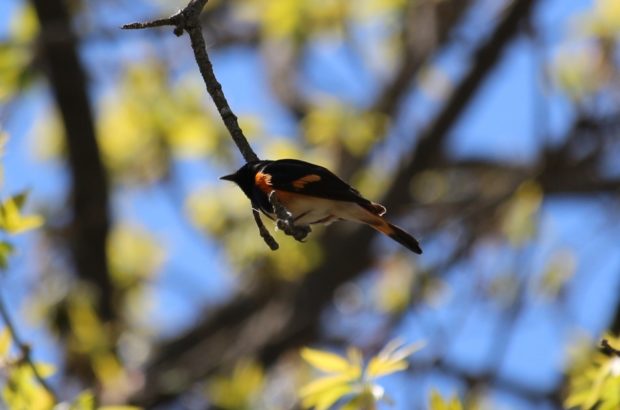
Lunchtime Learning
October 16, 2020Join Community Science Outreach Naturalist Julia Pupko every Wednesday at noon for an hour of iNaturalist, Vermont eBird, and eButterfly help, with some Vermont natural history topics on the side!
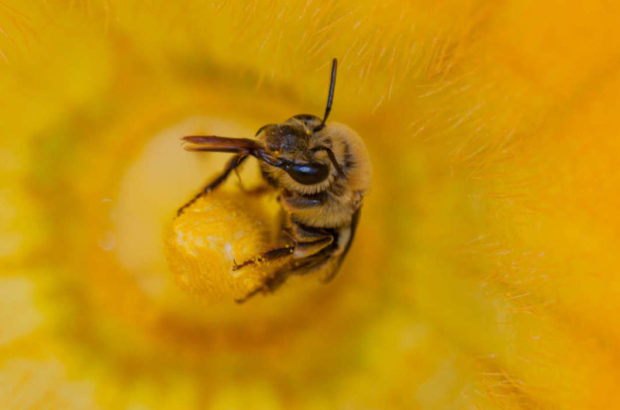
Pruinose Squash Bee Mission Update
September 30, 2020Earlier this year, we called on our Citizen Scientists to find as many Pruinose Squash Bees as possible. Find out the results of this mini-mission!
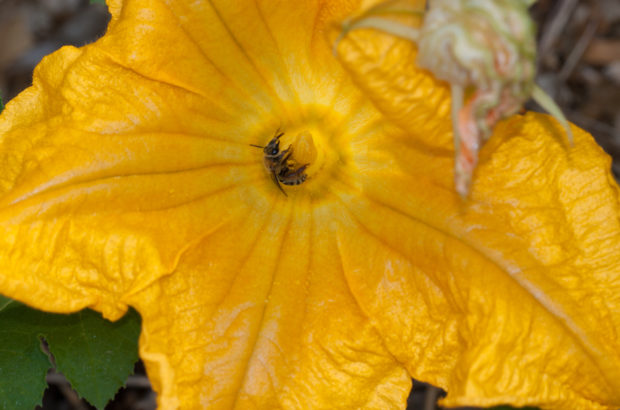
Mission: Find and Share Observations of Squash Bees from Your Garden
August 6, 2020The Eastern Squash Bee is an important pollinator of cultivated crops of squash, pumpkins, and related plants. Only reported in five counties so far, we need your help in recording the range of this species in Vermont. Just watch some squash flowers in your garden with camera in hand!
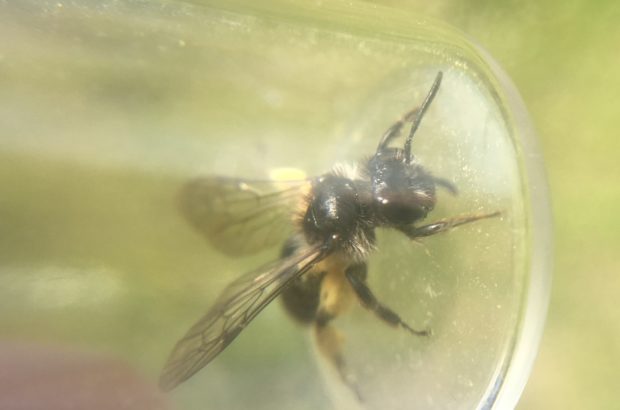
Help Us Find August Bees!
July 30, 2020While July might have been the best month for bee diversity, August brings the best chance for rare species that can be identified from photos. In addition to the many fall specialists, there are numerous kleptoparasitic species active right now.

Join the International Monarch Monitoring Blitz
July 27, 2020Join thousands of volunteers in Canada, Mexico and the United States, from July 24 to August 2, 2020 for the 4th annual International Monarch Monitoring Blitz. With limited ability to do field work due to COVID-19 restrictions, researchers need your observations now more than ever.
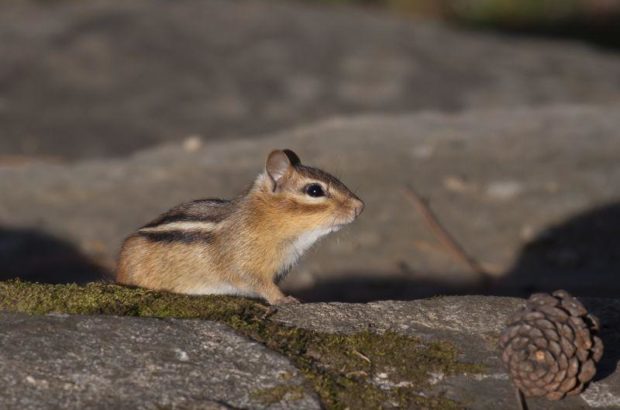
It’s Not Just You, There Actually Are A Lot More Chipmunks Out There
July 15, 2020If you’ve been spending any time hiking this summer, walking through the woods or even just driving along Vermont roads, you wouldn’t be alone in thinking: Are there chipmunks, like, everywhere this year? We turn to a small mammal biologist for answers. It’s been a good year for chipmunks in the northeastern U.S. A really good year.
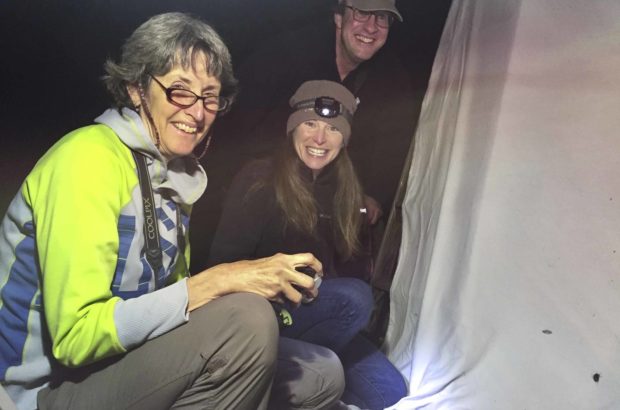
Join the Vermont Moth Blitz During National Moth Week July 18-26
July 14, 2020National Moth Week offers everyone, everywhere a unique opportunity to become a citizen scientist and contribute information about moths. You can help map moth species distribution. Just find a moth, snap a photo, and add it to the Vermont Moth Blitz project on iNaturalist!
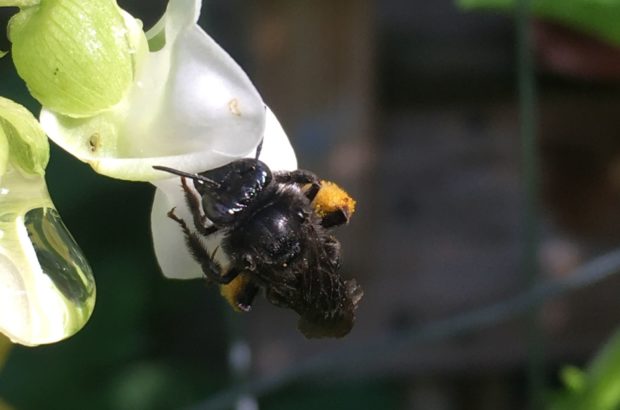
The Bees of July
July 2, 2020As June fades into July, summer strengthens its grip on the landscape, bringing with it sweltering days and billowing thunderheads. It also means increased bee activity after a month with relatively little. In terms of diversity of genera, July may be the best month for bee watching in Vermont.
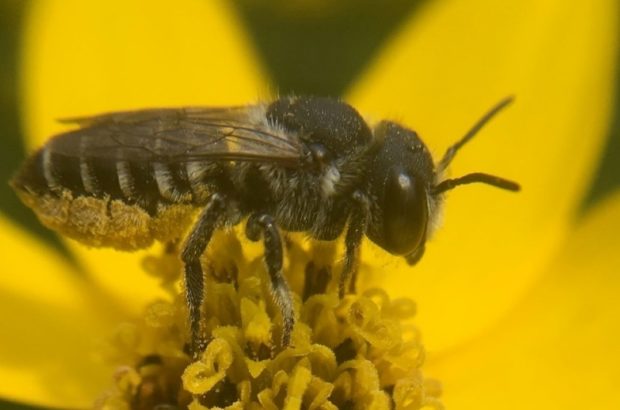
The Bees of June
June 3, 2020As spring begins to fade into summer, bee diversity shifts. In fact, June is a slow month for northeastern bee diversity—most of the spring specialists have come and gone, many bumble bee queens are underground laying eggs, and a majority of workers won’t appear in significant numbers until the end of the month. Of course, there are still plenty of bees to find, and several genera appear for the first time in June.
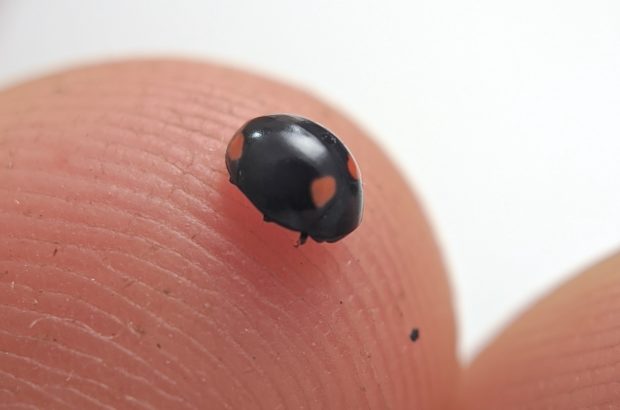
Vermont Lady Beetle Atlas Finds Lost Species
June 2, 2020Over 100 Biologists and citizen scientists have photographed and reported more than 183 lady beetle observations representing perhaps a dozen species to the Vermont Lady Beetle Atlas just since its inception this spring, including one species that hasn’t been seen since 1976!






